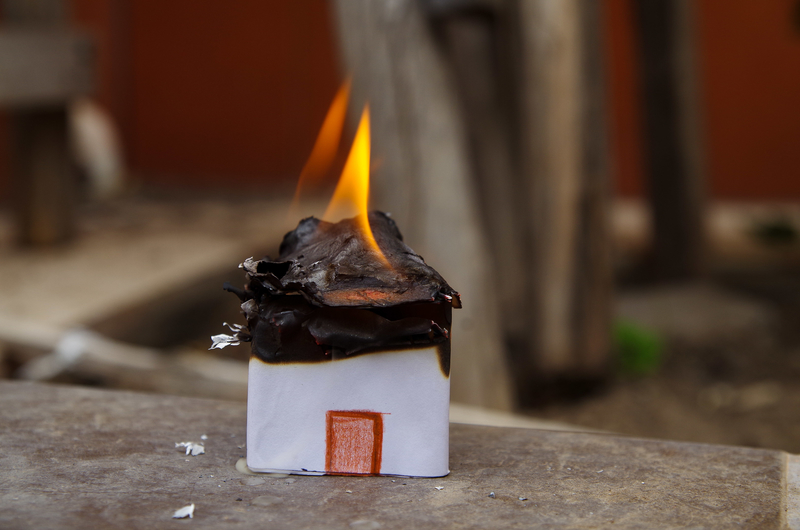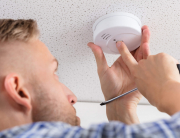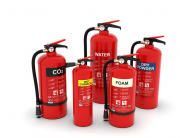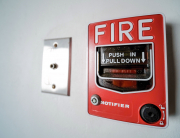Fire risk assessments are essential for any business to operate safely, no matter the size of the premises or business itself. We regularly carry these fire assessments out across the Midlands region but understand that businesses both want to know what we do to assess your property and working methods, but also that some may wish to carry out a fire risk assessment themselves.
So below, is a rundown of the key checks that need to be carried out for a fire risk assessment.
1) Check for fire hazards
These are present wherever there are potential fire fuel and the potential for an ignition.
Sources of fuel include: Plastic, paper, wood, rubber and foam which can come in the form of rubbish, furnishings, packaging or ceiling/wall inserts/insulation. Check for hardboard, chipboard or polystyrene, all of which can be sources of fuel. Many chemicals are also flammable, such as white spirit, as well as petrol, paint, varnish and other substances. Check the label to find out how flammable they are.
Sources of ignition include: electrical currents found in all electrical items such as sockets or light fittings, naked flames, sources of heat such as heaters or hot working processes such as welding, cigarettes, matches or anything else that can get very hot or give off sparks.
Check for any potential sources of fuel or ignition and note them down. This may be a big job for large premises, so if you need assistance from external fire assessors, do get in touch.
2) Check for people who may be at especially risk
Whilst everyone is at risk if a fire breaks out, there may be some individuals who are more vulnerable than others. These include:
- People who are not familiar with the premises, such as visitors or customers
- Those who are situated close to a fire risk, or in an area that is harder to escape from in the case of a fire
- Those who work at certain times that may put them more at risk, such as those on night shifts or at a time when fire is more likely to break out (eg. when the kitchen is used)
- Children
- The elderly
- The disabled
Note down any of the above that you come across in detail, as well as who would be at risk more generally.
3) Analyse and Take Action
Now is the time to consider what you have discovered in the above two steps and implement any changes that need to be made.
Next to each of your notes, note down how a fire could start from a source of fuel coming into contact with an ignition. Then evaluate how you might be able to reduce or remove the risk of this fire.
Think about the following:
How can I keep fuel and ignition sources apart?
How can I secure any fuel an arsonist might use?
Can I remove any fuel from the situation?
How would they come into contact (falling, overheating, etc.) and how could this be prevented?
You also need to assess at this stage how you would protect the people on the premises in case of each particular fire broke out.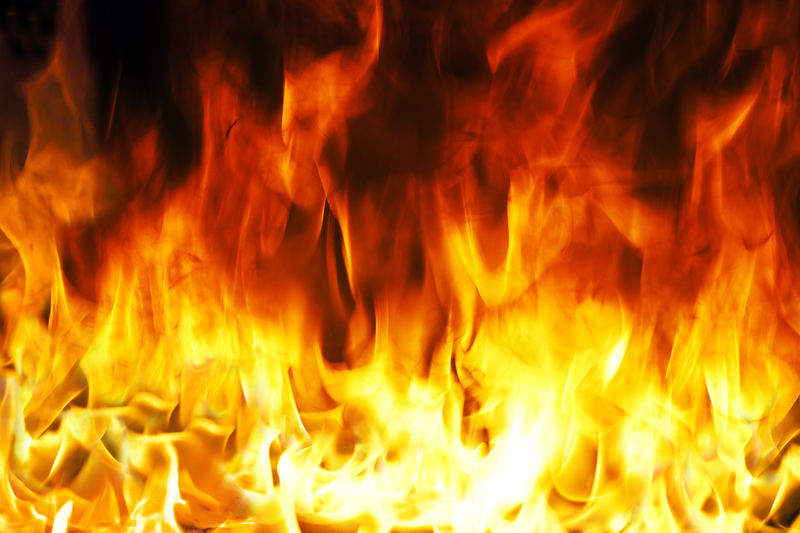
Consider:
- How will you know the fire has broken out? How can on-site staff be warned as quickly as possible that there is a fire here?
- Do certain people need to be evacuated or warned as priority, such as those placed close to the fire or vulnerable individuals? How can this be achieved?
- Who will be in charge of the evacuation and getting people out of the building?
- Where is a safe fire assembly point?
- Who will be in charge of calling the fire brigade?
- How could you put out a small fire to stop it spreading? Are there a number of individuals who are trained in how to do this?
- How will people get out and what route will they take?
- Can people find their way out in the dark, in the event the fire occurs at night or disrupts the electricity?
- Does all of your safety equipment work, such as fire extinguishers and fire blankets? Are there a number of individuals who are trained to use this equipment?
4) Plan, Train On-Site Staff & Make Improvements
The next step is to plan the improvements and training that needs to be carried out or implemented, and to do so. Make a thorough note of any changes you have made and why, and ensure staff are thoroughly trained on ways to prevent fires in the first place, and what to do in the event of one.
5) Regularly Review
Keep reviewing your fire assessment over time, and continue to note any new occurrences or risks. If there have been any close calls, understand why these have happened and take steps to prevent them in future.
We hope this checklist and fire assessment risk process was of use, and if you have any questions, do get in touch or check out our fire risk assessment page. If you have any further questions or concerns, please do give us a call on or fill out our contact form here.

